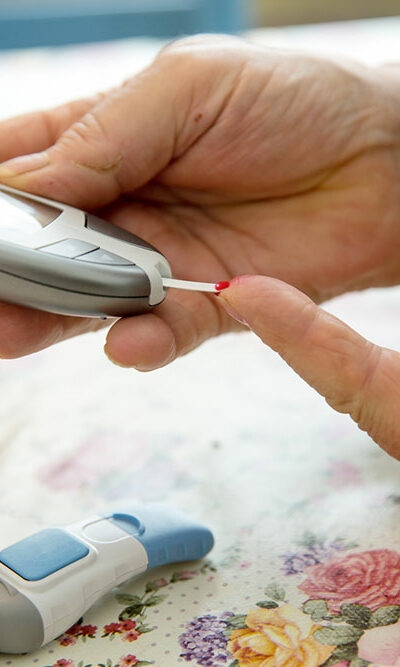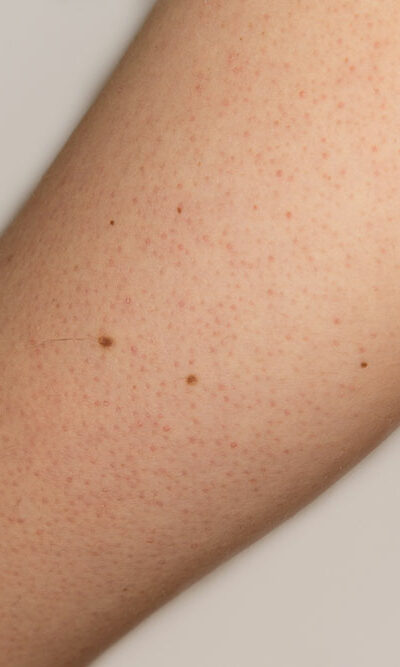
Toenail Fungus – Symptoms and Treatment Methods
Toenail fungus is a common problem that begins with a white or yellow spot under the tip of your toenail. Nail fungus may cause your nail to discolor, thicken, and crumble at the edge as the fungal infection goes deeper. It can attack any nail. You may not need a treatment if your condition is light and not disturbing you. If the nail fungus becomes painful and makes the nails thickened, home remedies and medications may be effective. Nail fungus usually comes back even if the treatment is successful. Read on to know the symptoms nail fungus and methods on how to get rid of it: Symptoms Although the fungus mainly affects the toenails, nail fungus can affect any fingernail. If properly treated, fungal nail infections don’t usually lead to serious long-term problems. However, in certain individuals who have diabetes or a weakened immune system, they may be more serious. There is no pain associated with the infection, but if you find your nails thickened or show discoloration from white to yellowish brown, you may have fingernail fungus. Nails becoming brittle, crumbly, ragged or distorted in shape are also its symptoms. Debris may build up under the nail and make the nail dark. Sometimes, the nail may generate a slightly foul smell. Treatment Medications Usually, doctors prescribe antifungal medications that you can take orally or apply to the nail for fingernail fungus treatment . In some cases, the oral and topical antifungal therapies may be combined. Oral Antifungal Medication This is the best toenail fungus treatment as it clears the infection more quickly than anything else. However, the treatment success rates with these medications appear to be lower in adults over age 65. These medications stimulate a new nail to grow free of infection by slowly replacing the infected part.










